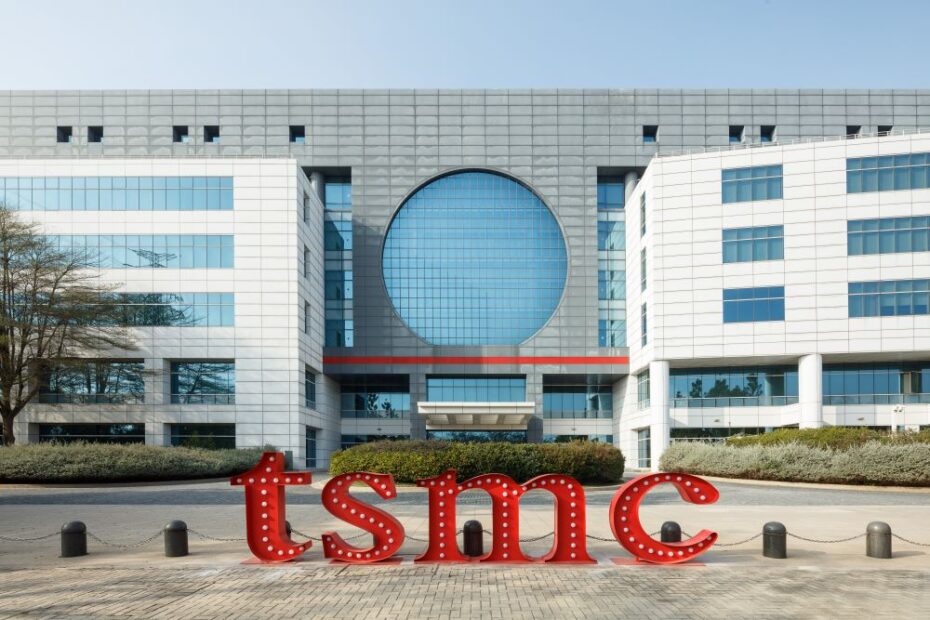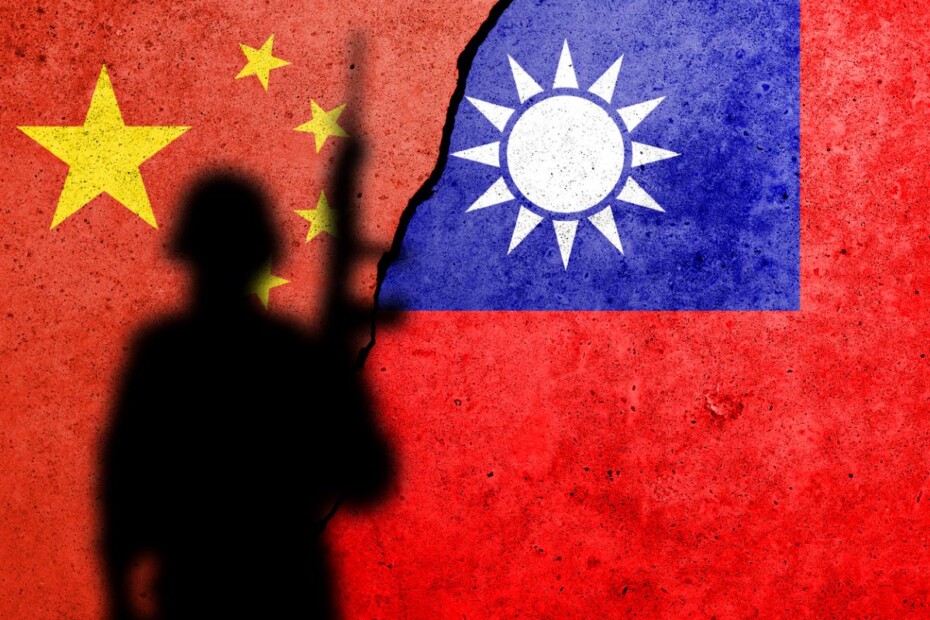TSMC Won the Foundry War. Now the Fallout Begins
By Bolaji Ojo
What’s at stake:
It’s not just that TSMC’s competitors cannot match the Taiwanese foundry in revenue, production volume or leading-edge technology, they are even unable to mount a spirited defense. TSMC’s overwhelming dominance could be a problem with anti-trust investigators. Yet, the company cannot dial back its technology innovations or on its commitment to customers just to let rivals catch up. Still, it may be in TSMC’s long-term interest to help foster the growth of a more competitive, viable and vibrant foundry landscape.
Taiwan Semiconductor Manufacturing Co. Ltd. (TSMC) dominates the foundry business so thoroughly its overwhelming sales position and technology leadership have spawned challenges and anti-trust speculations it is racing to terminate before they mushroom into a full-blown crisis.
Anti-monopoly investigators are reportedly sniffing around the company with one question in mind: Has the Taiwanese foundry become so big and such a threat to the supply chain that it must be reined in?
Read More »TSMC Won the Foundry War. Now the Fallout Begins









